

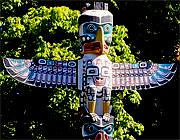
A few days in Vancouver were enough to see what this small city has to offer. Steveston, not too far away, is a pleasant fishing port with an interesting cannery museum.
More Canada


From Jasper we travelled by overnight train to Vancouver. Because of time constraints (flights and making sure we had our time at Farewell Harbour) we took the overnight train rather than the famous Rocky Mountaineer. It travels the same route but you sleep on the train rather than getting off at Kamloops and spending a night there.
It was a very comfortable and relaxing way to get between the two cities with the Canadian landscape unrolling outside the panoramic windows.

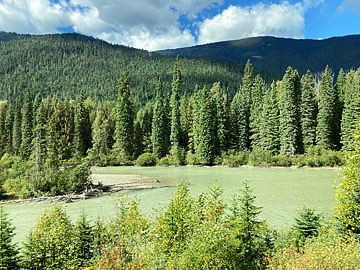
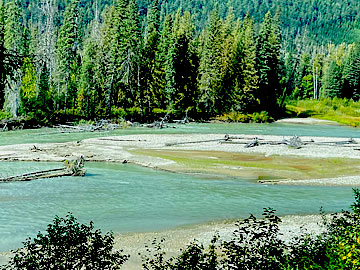
We passed enormous Moose Lake, though we didn't spot any moose! The train slowed for Pyramid Falls which are right alongside the track.
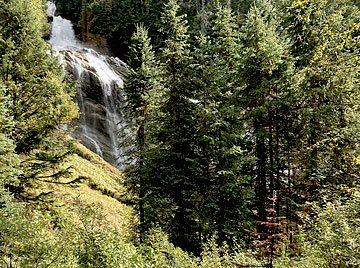
We travelled beside the Blue River then followed the North Thompson River all the way to Kamloops.
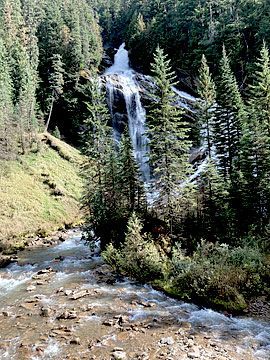
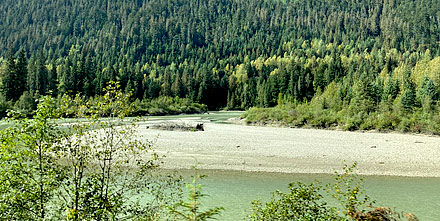
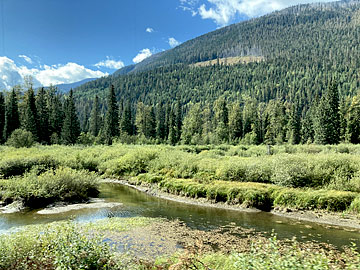
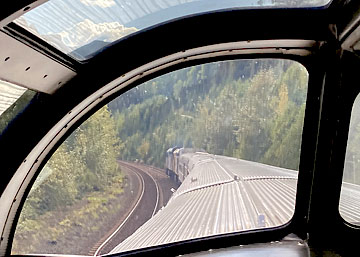
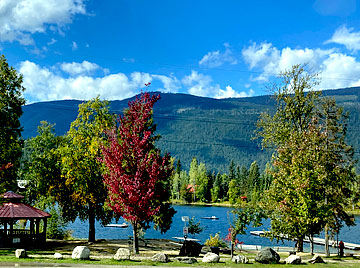
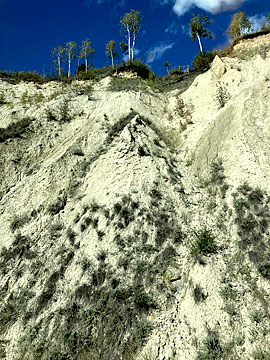
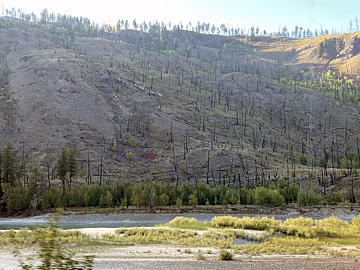
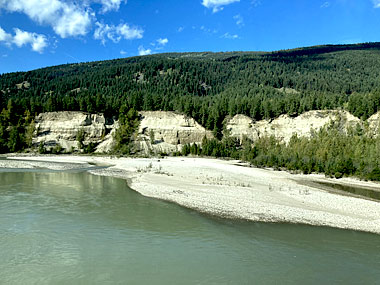
The food wasn't bad at all and we slept well, arriving in Vancouver early the following morning. We left the train around 7am after a quick breakfast.
We had one night in Vancouver before flying north to Port Hardy, staying at the airport Fairmont Vancouver, upgrading our room so we could get in early and shower and change before heading to Granville Island. Then three nights on flying back from Port Hardy, this time staying at the Pan Pacific Vancouver with a great room, high up, looking out over the harbour where the seaplanes take off and "land".
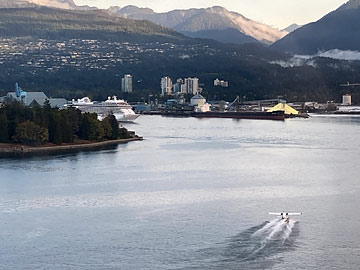
But four nights was too much, we didn't find Vancouver a particularly appealing city, especially as the Anthropology Museum was closed for the duration!

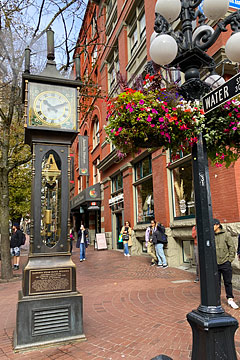
Having said that we managed to fill our time with two visits to Granville Island and the excellent Granville Island Brewery, a look around the city, (where there isn't very much to see), and on our final full day we went to Steveston, a pleasant working fishing port.
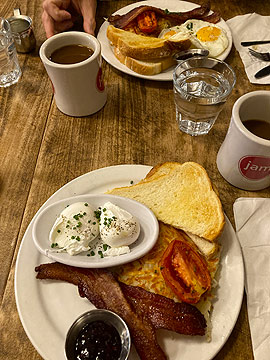
The public transport in Vancouver is pretty good, so we took the Sky Train to Granville Island and the Aqua Bus between stops.
Gastown is an area named after Captain John Deighton whose nickname was "Gassy" Jacks for his habit of telling far-fetched stories. There used to be a statue in Maple Tree Square but it was torn down during a First Nations protest.
The breakfast at the Pan Pacific was not great, so two mornings we had breakfast elsewhere. Jam Cafe was really excellent. We were lucky to walk straight in, usually there is a queue outside, which there was when we left.
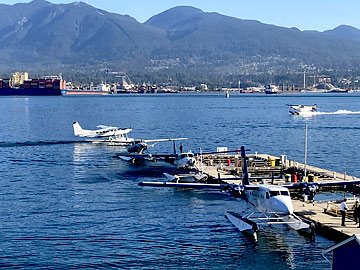
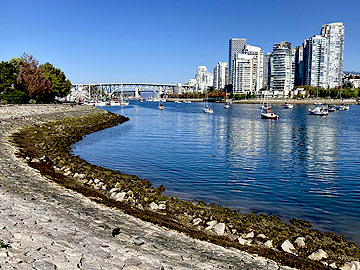
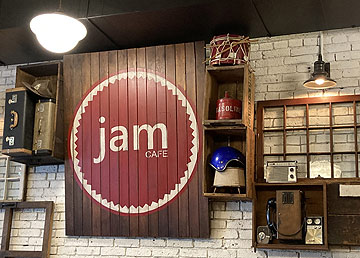
We also had breakfast at De Dutch on the harbour and it was also very good, especially the freshly squeezed orange juice.
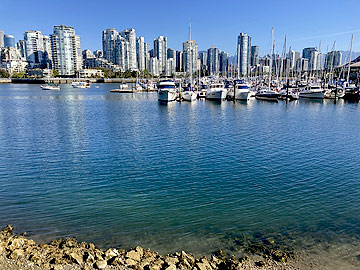
Granville Island is a very popular destination for visitors, though, as far as we could see, there isn't a lot too it. It's an attractive spot in the sunshine, and the Public Market is nice to wander round, as most markets are.
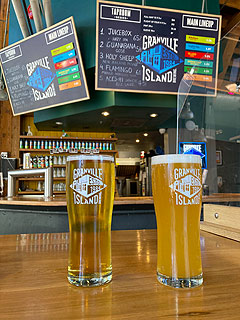
The first time we visited we had beers at the Granville Island Brewery: Kilsilano 5.5% and Holy Sheep NZ Pilsner 5.2%; the second time we had lunch at the brewery too - excellent flat bread pizza and wings with BBQ sauce.
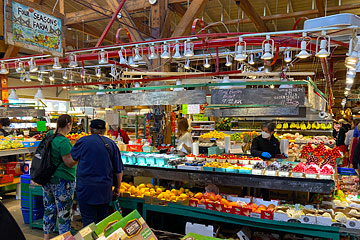

We visited the Vancouver Museum but it wasn't really very good. We learned a little about the First NatIons community that was dispossessed of its land when Vancouver grew. Villages that had been inhabited for 4,000 years were destroyed, artefacts stolen and ancestors removed from graves for museums and collections.
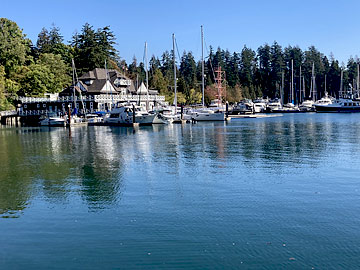
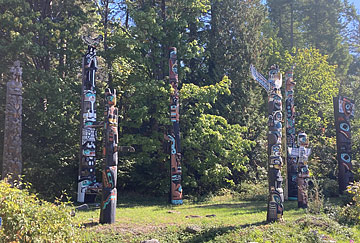
Despite numerous strict laws and practices constraining the First Nations peoples, including the removal of children from families, their culture and society survived.
The day we flew out of Vancouver to return home we had a late flight so we spent the morning walking around Stanley Park. It's a pleasant green space with views of the harbour on the east and Burrard Inlet on the west.
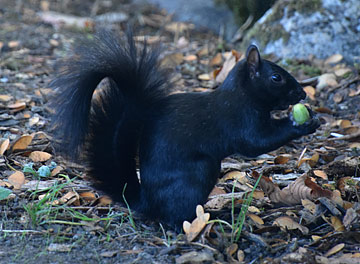
We strolled up to see the nine totem poles at Brockton Point. These are actually replicas. The originals have either been returned to First Nations or placed in museums to better preserve them. There are good information boards describing each pole.
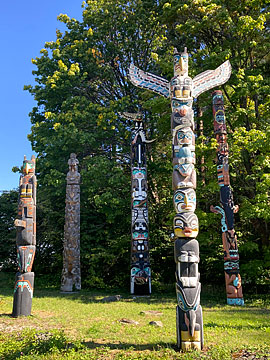
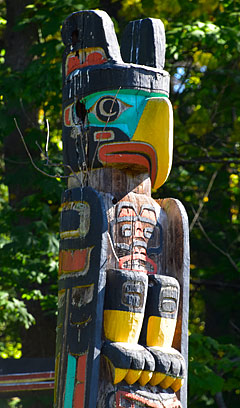
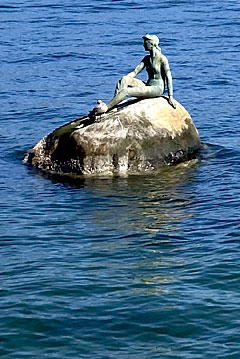
Totem poles were not objects of worship but rather tell a story of real or mythical events. The animals carved on the poles have specific meanings, thus the eagle represents the kingdom of the air, the whale that of the sea, the wolf represents the land and the frog the link between land and sea.
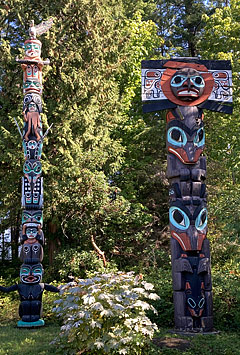
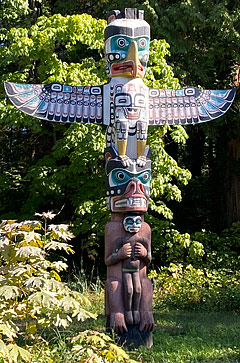
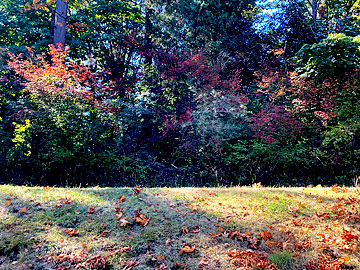
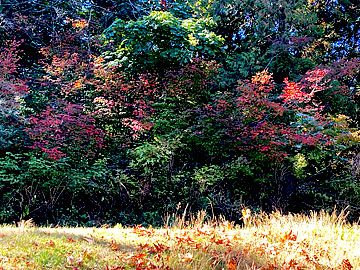
The trees were just beginning to turn their autumn colours.
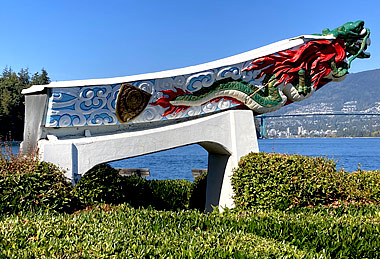
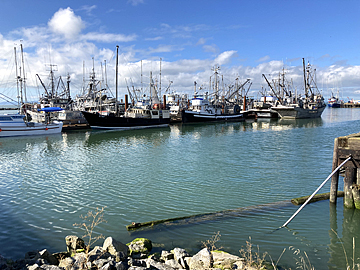
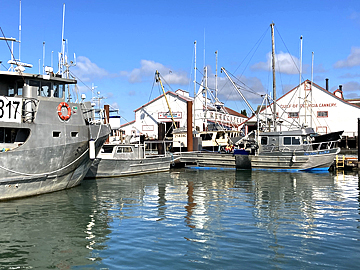
We enjoyed this visit to Steveston, a working fishing port south of Vancouver, which we reached by Sky Train and bus.
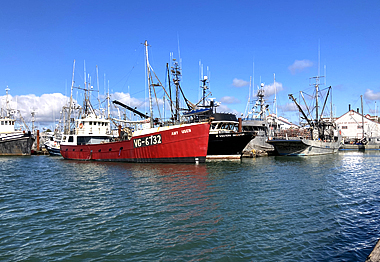
It was a lovely day and we walked around the harbour before visiting the Gulf of Georgia Cannery museum which was very interesting. At one time this was an actual working salmon cannery and much of the machinery remains in place, including a line for refining herring.
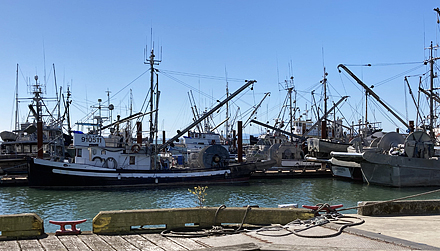
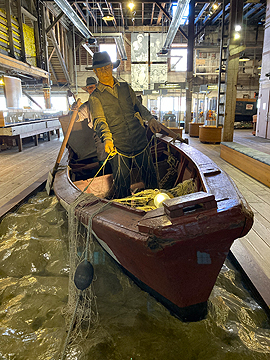
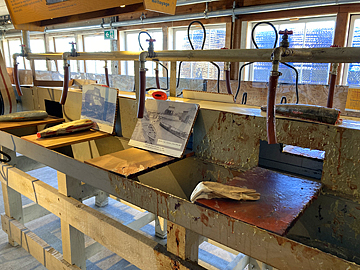
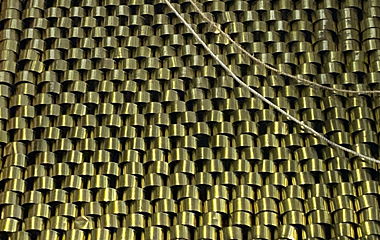
The salmon were hauled into the cannery at the dock end of the building. Women at "sliming" tables removed the heads, tails, fins and entrails and cleaned and washed the salmon.
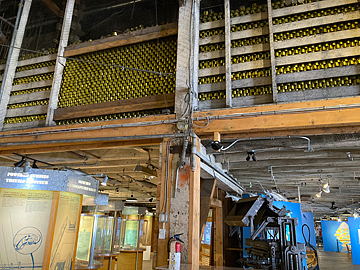
the Salmon was then cut into can-sized pieces and fitted into the newly formed cans.
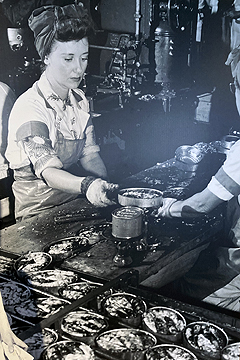
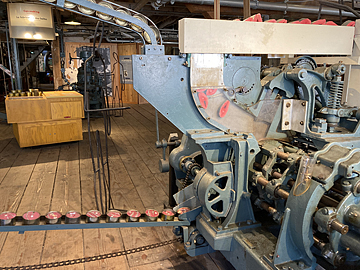
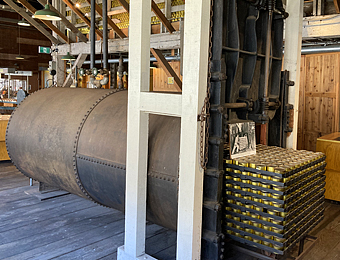
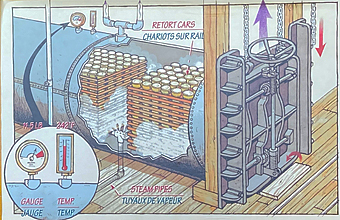
Each can was weighed and the contents adjusted by hand to ensure the weight of salmon was correct. A lid was then placed on the can, the air sucked out and the can sealed. The sealed cans were then cooked in large ovens called retorts, after which they could be labelled and packed for market.
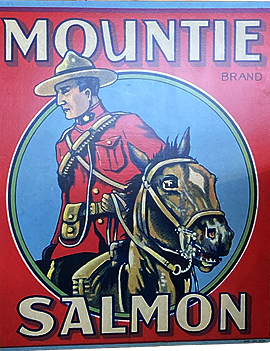
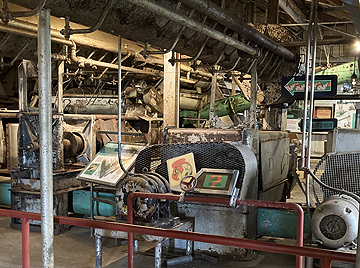
On the herring reduction line herring were turned into fish meal and vitamin-rich fish oil. The fish were cooked into a wet mash with steam, separating the oil from the flesh. Herring still filled the machinery when Parks Canada conservators came to clean the reduction plant in 1984. In 1979 when the plant closed down, the machines had apparently just been switched off, still full of herring.